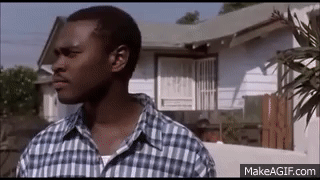Earlier this week, in the Southern District of Indiana,
dozens of lawsuits were filed by people you’ve probably never heard of. But I bet you’ve heard of the central defendant: the NCAA, which is on the other end of what will eventually be more than 200 filings that represent a coordinated effort toward some kind of reckoning on head trauma in the college game.
The first of the lawsuits came to light on Jan. 25, and they have kept coming this week, from players at schools across all divisions of football. They are currently filed in the district where the NCAA is headquartered, but they’re likely to be part of multidistrict litigation in Chicago, according to
Law360.com. Each former player who filed a lawsuit will represent groups of players from his school, and each suit will have its own specific list of complaints.
But there is a chance that one of these borderline anonymous players might mount a compelling enough case to go to trial. And that trial would have a jury, and that jury could rule that a former player with a banged-up brain deserves a payout.
If all that happens, an insurance company would have to open its
wallet. And anyone who’s ever caused a fender-bender knows what comes next: Premiums get jacked up, because we all have insurance with the hope of never using it, and football becomes really, really expensive.
We’re a long way from any of that happening. It’ll be months or even years, and some plaintiffs will settle while others will disappear, bringing 200-plus cases down to 20 and eventually down to just a few. It’s incredibly difficult to prove that the NCAA and individual schools were aware of the risk of concussions and knowingly exposed players to the hazards inherent in football. Plus, the longer the player in question played, the harder that proposition gets. It’s difficult to assign full blame to the NFL when a plaintiff had previously competed in Pop Warner, high school and college. So it’d be slightly easier to implicate the NCAA—but just slightly—which is why these numbers matter. The wave of cases boost the low odds of any individual case succeeding. That’s a law of probability even an NFL ref couldn’t rule against, and it’s the single most important thing about this week’s news.
We’re years away from that, probably decades. But for now, that possibility is still believable, even in a world where 25 million people watch the national title game and Kyler Murray looks primed to turn down guaranteed millions of dollars of baseball money for the NFL. But after years of looking to high schools and city parks for symptoms of football’s demise, we’d be smart to concentrate on the courtrooms and the players who have been through the wringer, not the kids who never will.




 So mehhhh on the integrity. But again.. I got no beef wit y’all.
So mehhhh on the integrity. But again.. I got no beef wit y’all.


